After almost five decades on sale, Ford’s Fiesta is being discontinued in 2023.
The Ford Fiesta holds a rather special and important place in British automotive history. Thousands have learned to drive in a Fiesta, before going on to buy one as a first car, family car, fun car – we could go on. There have been more than 22 million produced in factories around the world.
Despite still being a popular choice, Ford has now announced that production of the supermini will finish before the end of June 2023, after 47 continuous years of sale. Let’s take a look at the history of the iconic Ford Fiesta.
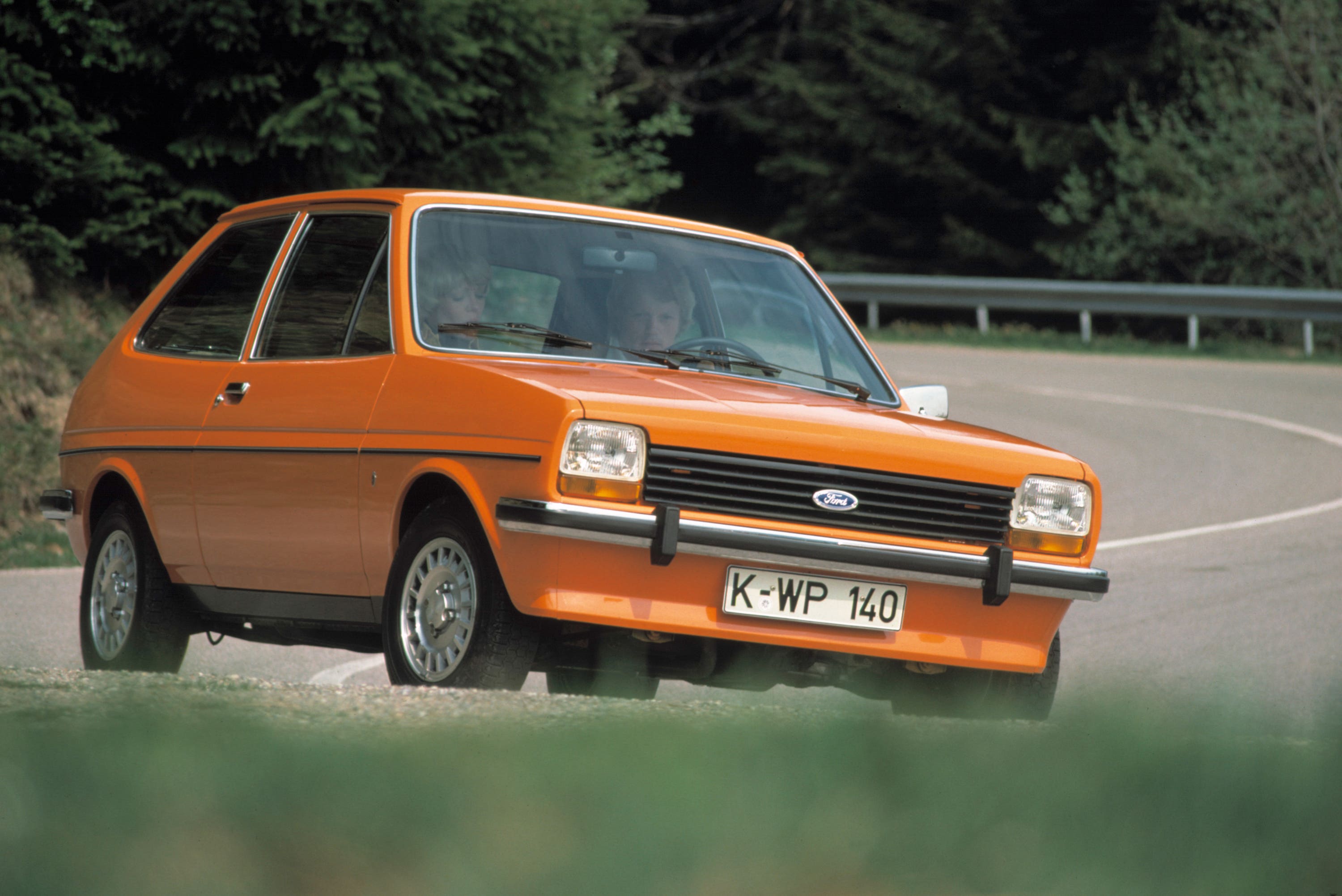
Fiesta I (1976-1983)
It was 50 years when Ford began working on the car that would become to be known as the Fiesta. Designed as a ‘small car for the world’, the 1973 oil crisis added urgency to the need for an affordable, efficient model.
The Fiesta name was chosen in 1975 by Henry Ford II in celebration of the brand’s connection with Spain – the model would be produced in Valencia, along with Saarlouis, Germany, and also in Dagenham, near London.
The Fiesta was officially launched in 1976, and became an instant hit – Ford clocked up a million sales by 1979. In 1981 the XR2 was the first Fiesta hot hatch, establishing a trend that remains to this day.
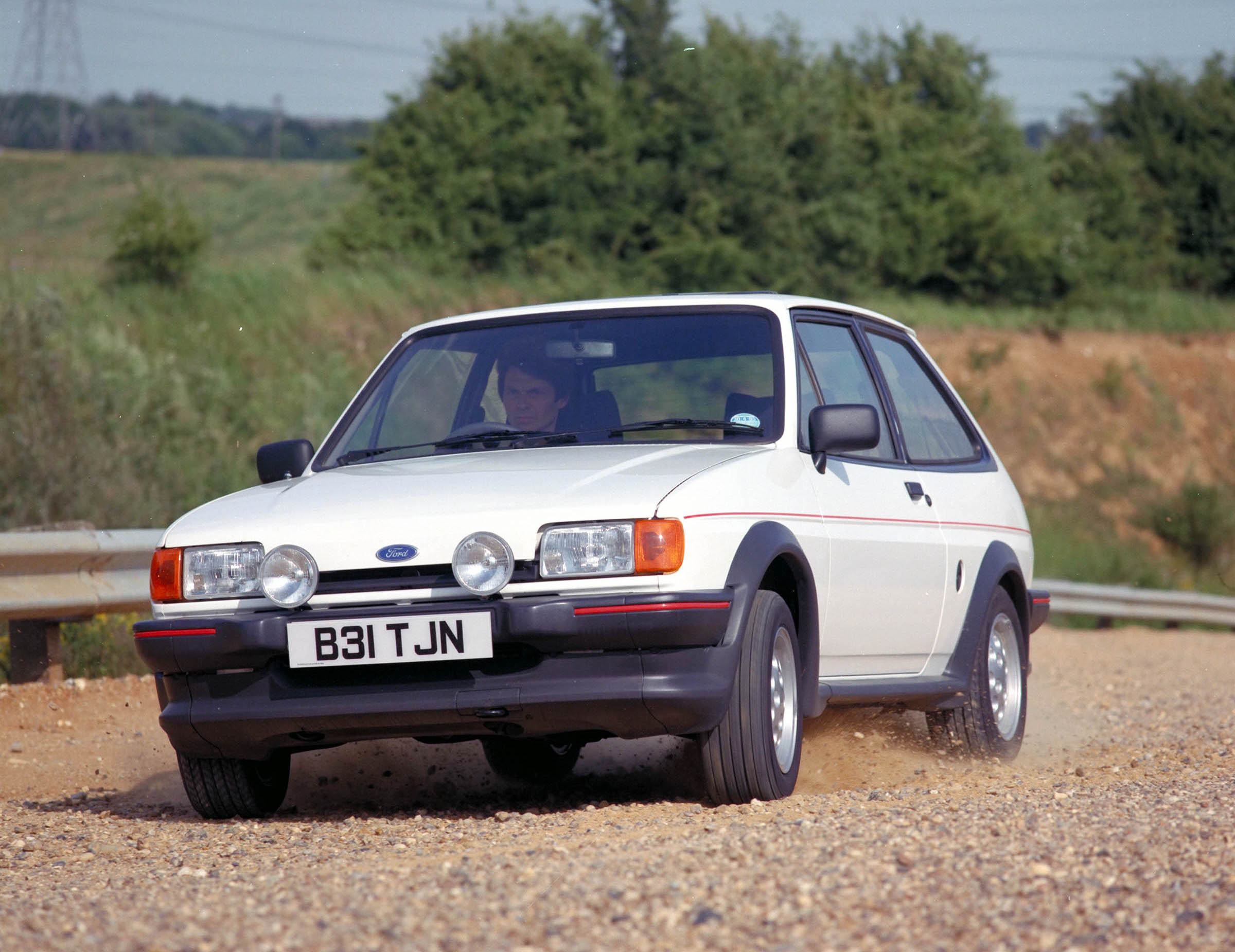
Fiesta II (1983-1989)
Though there might not look to be a huge difference between the first and second Fiesta, this newer Ford was larger and more fuel-efficient.
New engines were introduced – including a 1.6-litre diesel, while the revised XR2 in 1984 brought improved suspension and brakes. An automatic transmission was launched for the first time in 1987.
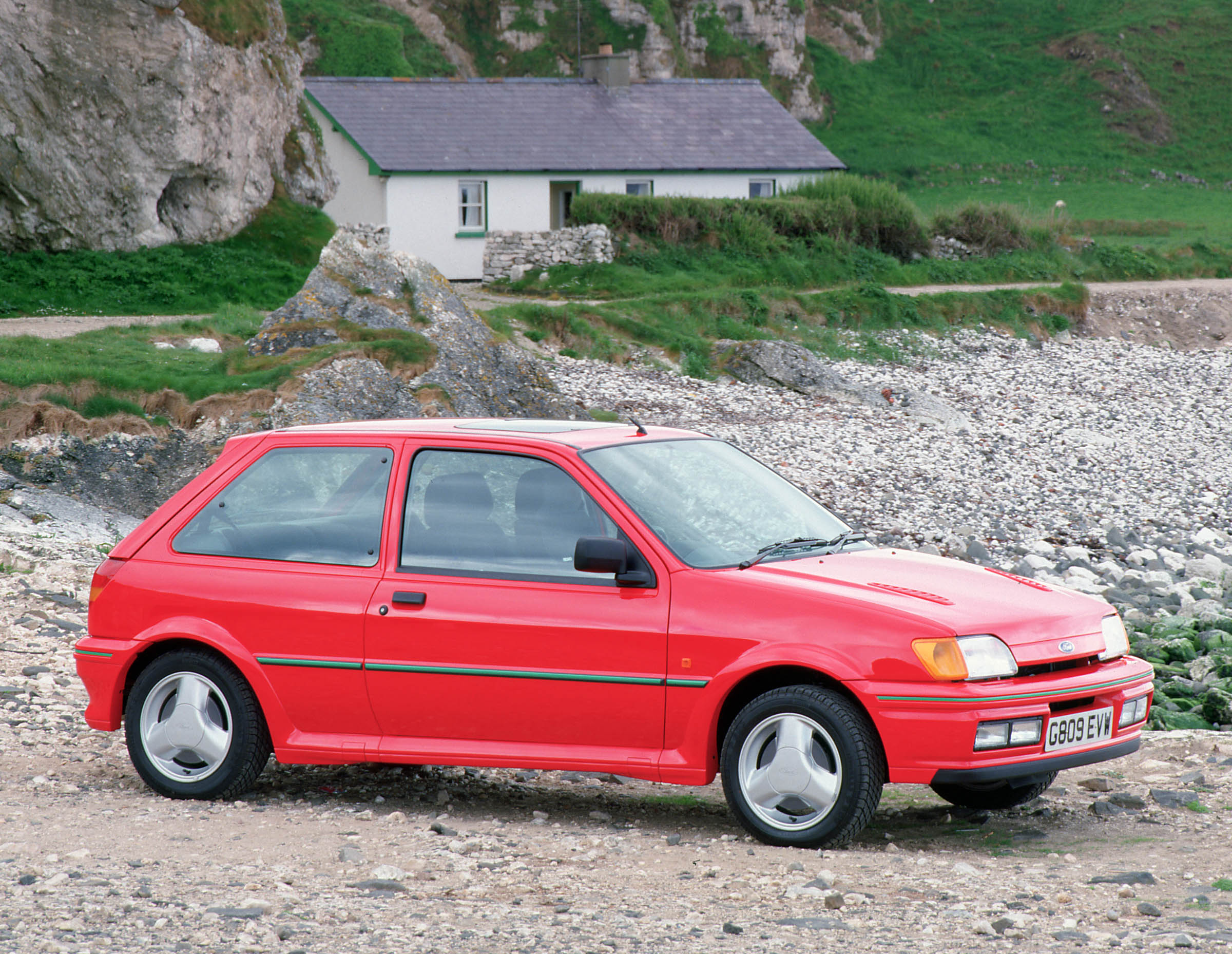
Fiesta III (1989-1996)
The Fiesta III represented a more major change in design and took the push for efficiency further with new engines designed to meet European emissions standards.
This was the generation with all the hot hatches, with Ford initially launching the XR2i with a new 1.6-litre petrol engine, before following it up in 1990 with the substantially quicker Fiesta RS Turbo in 1990. A Fiesta RS 1800 hot hatch followed, with this model getting a 16-valve 1.8-litre petrol engine.
Fiesta IV (1996-1999)
The Fiesta IV arrived in 1996 with a far more rounded shape than its predecessor, getting a more aerodynamic shape to enhance fuel economy further. A raft of new engines was introduced, while this Fiesta served as the basis for the sporty Puma coupe, which was launched in 1997.
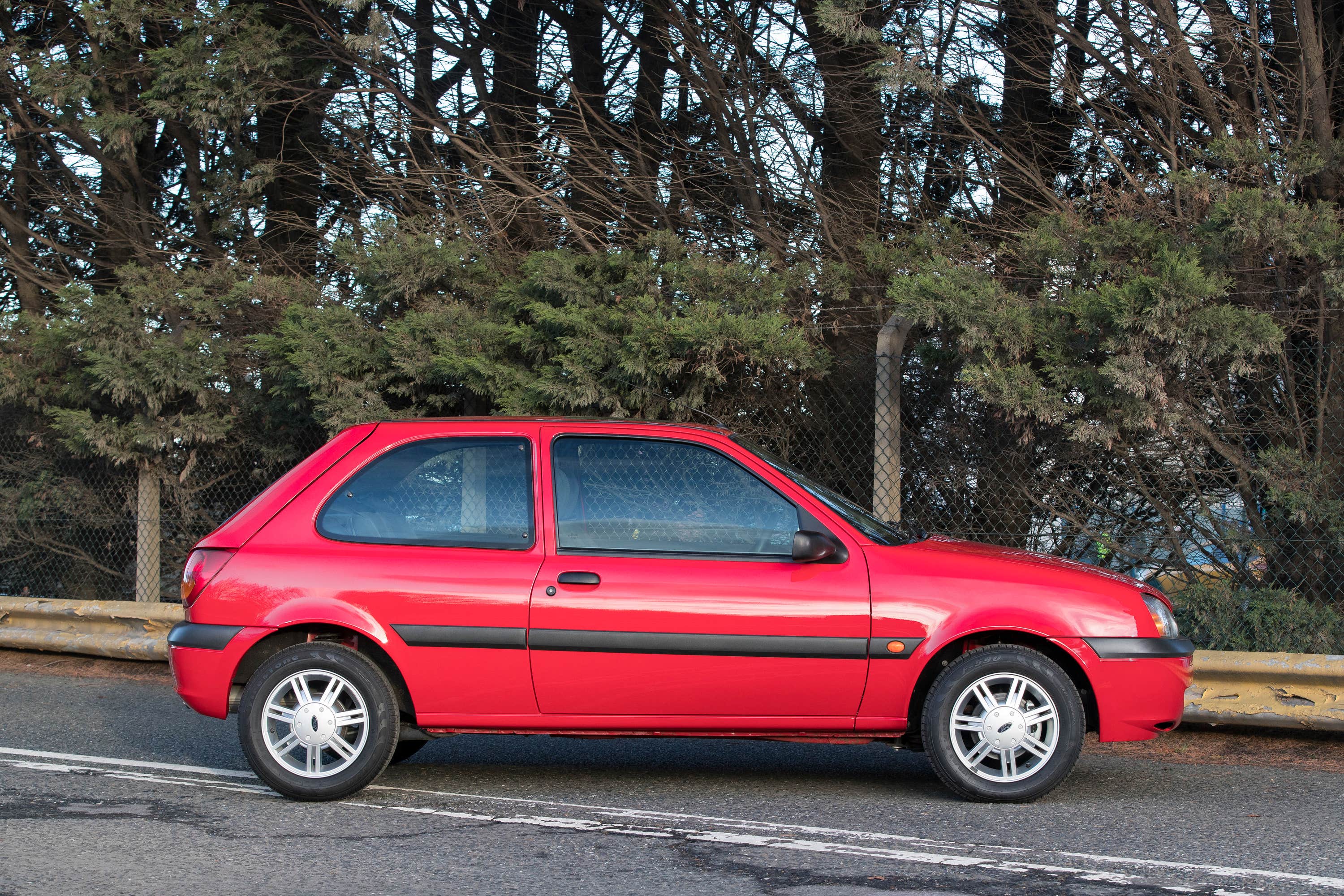
Fiesta V (1999 -2001)
The arrival of the fifth Fiesta really proved to be little more than a mid-life facelift. Arriving just three years after its predecessor went on sale – and replaced just two years later – it also saw the introduction of the Fiesta Sport as a racier version.
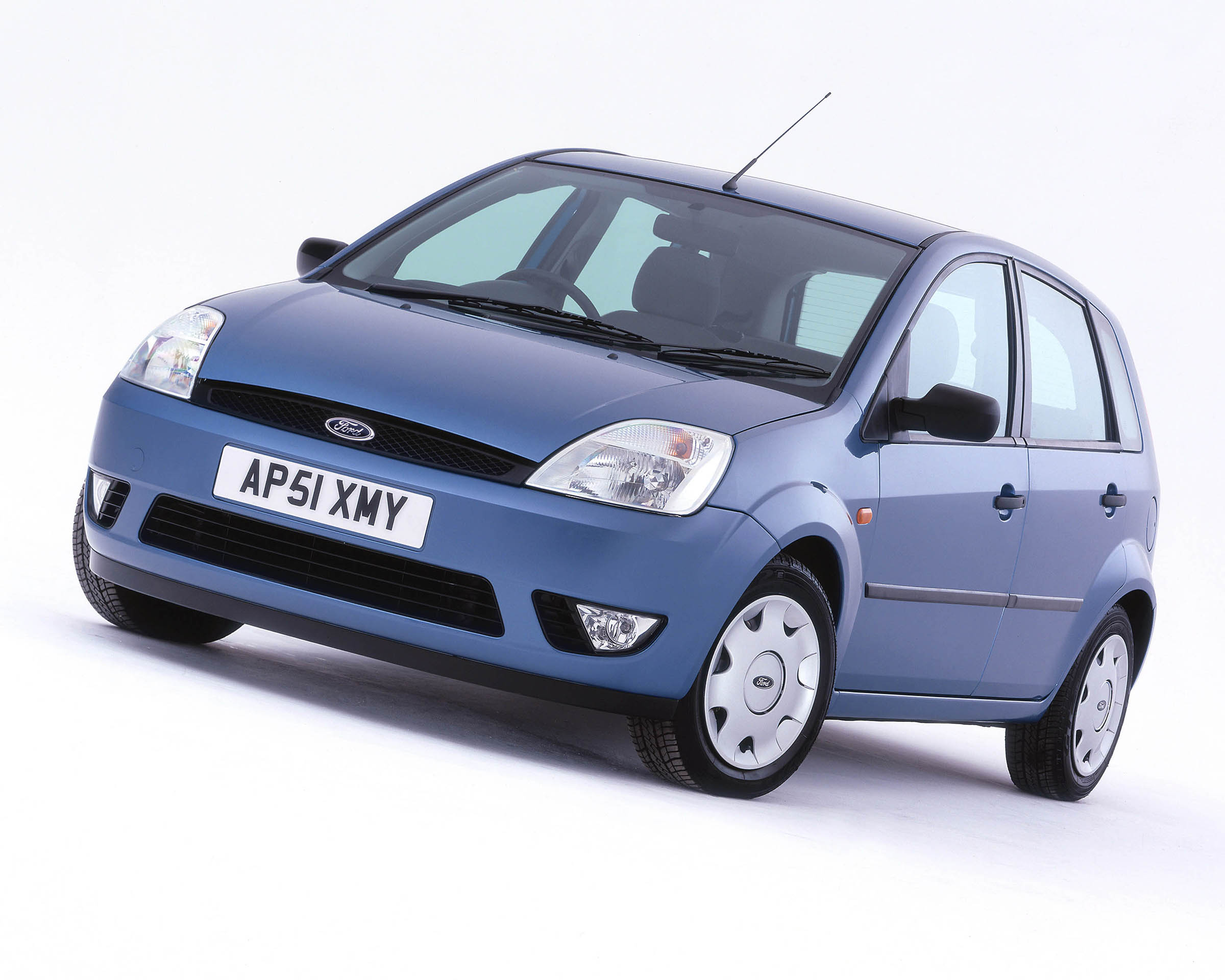
Fiesta VI (2001-2008)
The previous three generations of Fiesta models were all largely quite similar, so the arrival of the Fiesta VI proved a big step forward. Getting a boxer design than its predecessors, a range of new engines was launched. It also proved to be fantastic to drive, and helped to develop the model’s reputation for being a fun driver’s car.
In 2005, Ford introduced a new Fiesta ST. With 148bhp on tap, it was the most powerful Fiesta to date. Ford marked three decades of the Fiesta with a Zetec S 30th Anniversary edition, finished in a bright Radian Yellow and with a chequered roof.
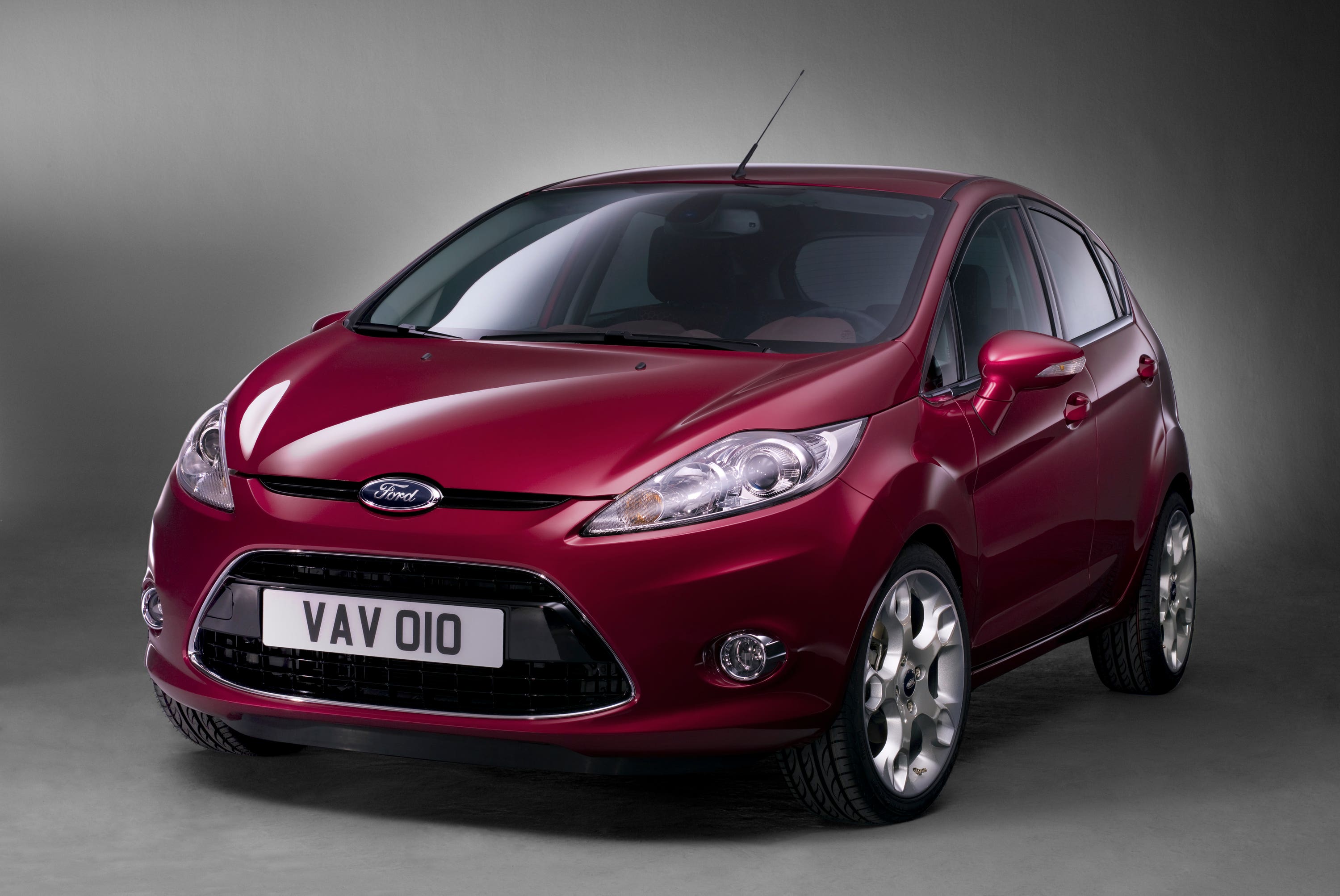
Fiesta VII (2008-2012)
A much more rounded Fiesta was introduced as the next-generation car in 2008. The design was slightly softer, with Ford having a target to appeal to more female buyers with the model.
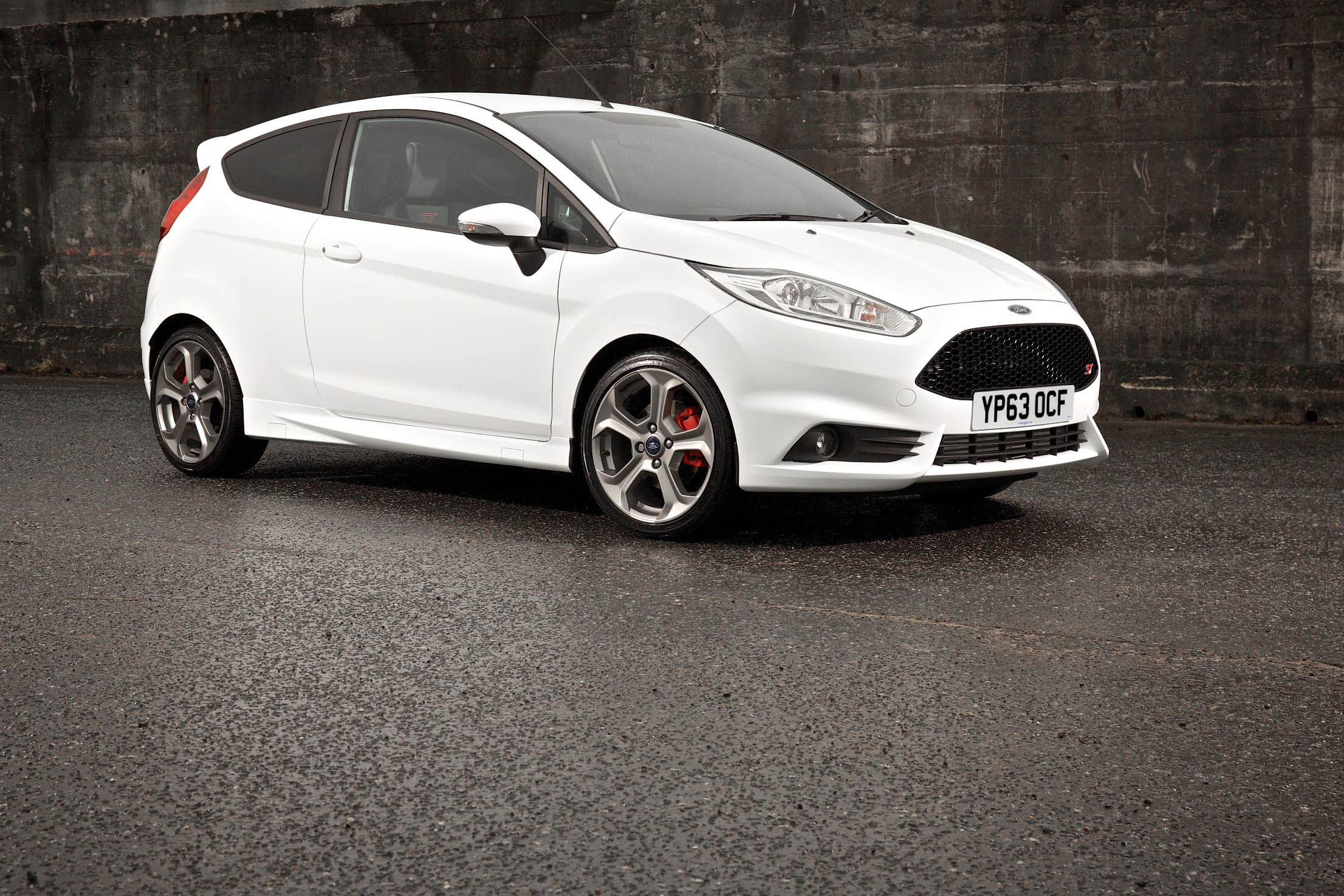
Fiesta VIII (2012-2017)
While little more than a mid-life update, Ford moved to call this reworked model the Fiesta VII. Introduced in 2012, it brought a sleeker design, and more technology (including a ‘MyKey’ feature that allowed parents to program a speed limiter when their children were driving their car).
Ford also introduced its clever new EcoBoost petrol engines, while in 2013 the 180bhp Fiesta ST was introduced – this being widely considered one of the best hot hatches ever made. This model would develop into the Fiesta ST200 – a limited-run special came painted in a unique Storm Grey colour, and saw a power increase to 197bhp.
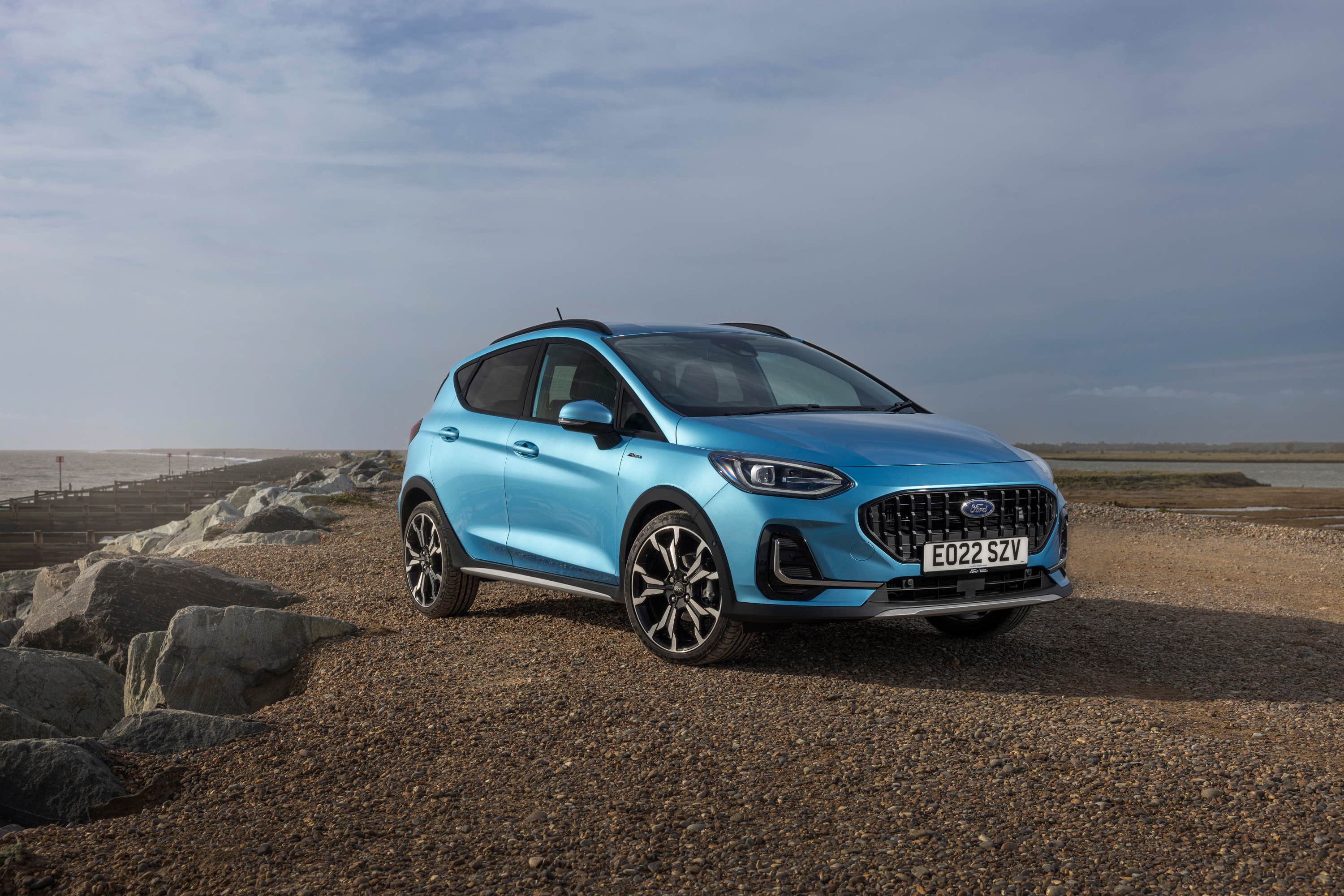
Fiesta IX (2017-2023)
The most recent generation of Fiesta to launch is the ninth iteration – arriving in 2017 as a smarter, more high-tech model. It was available with an extensive choice of trim levels, including a more luxurious Vignale grade and a rugged-looking Active trim. These ensured the model’s continued popularity as tastes evolved.
The 197bhp Fiesta ST would arrive in 2018, though this time bringing a three-cylinder 1.5-litre petrol engine, though it still delivered a highly entertaining driving experience. The model was updated in 2021, gaining a reworked front end, new technology and mild-hybrid technology to boost performance and efficiency. Fiesta production will continue until the end of June 2023 at the latest.










